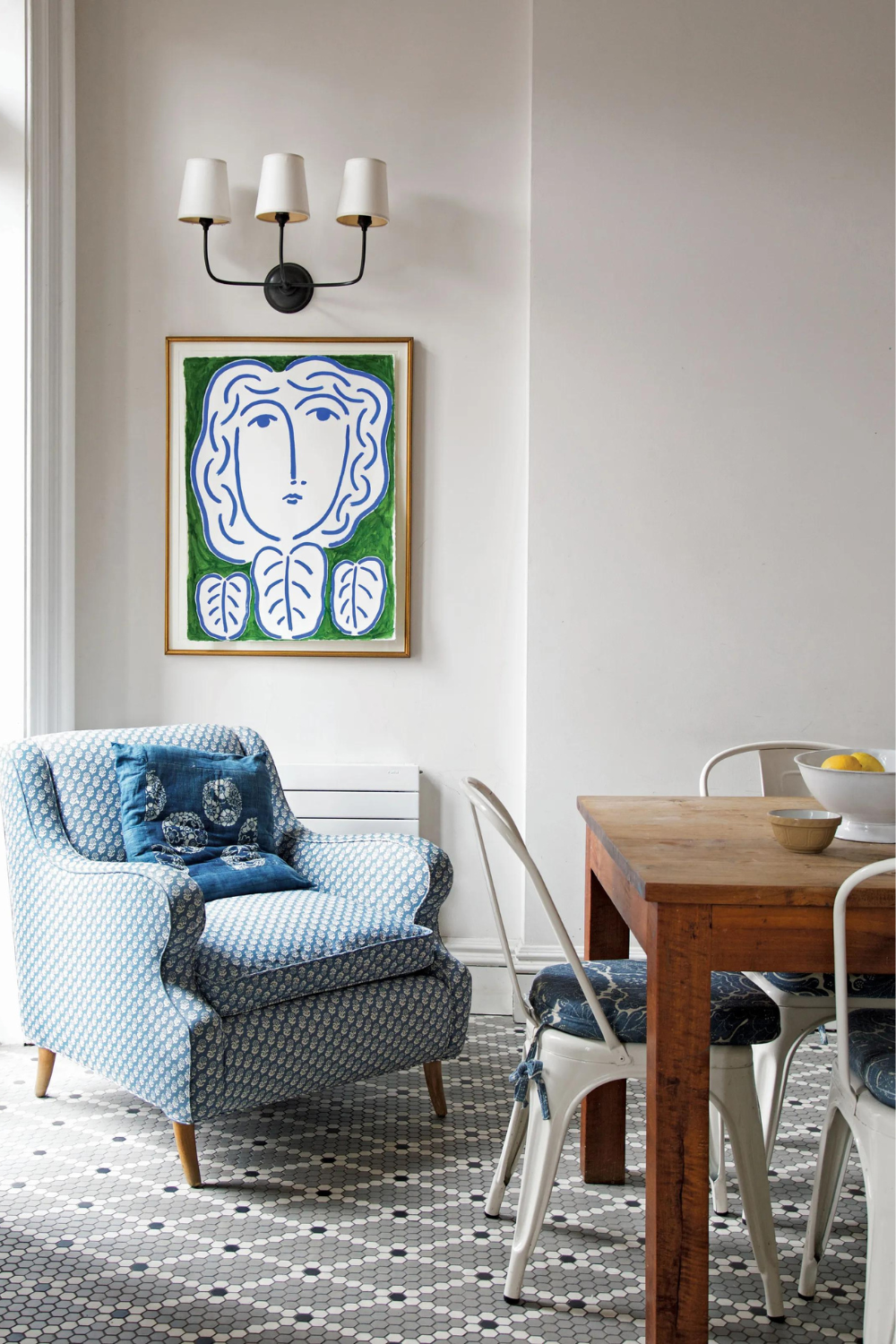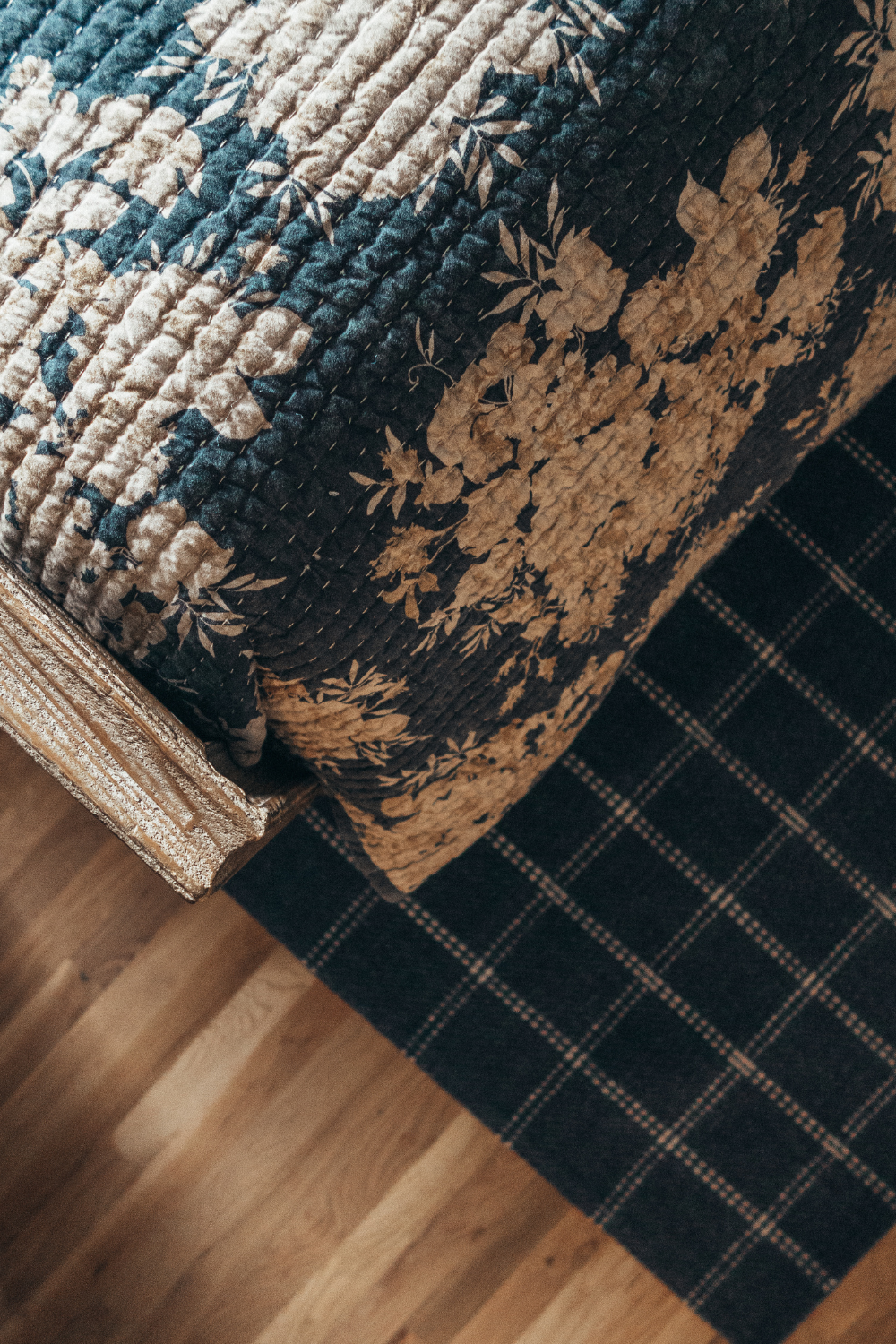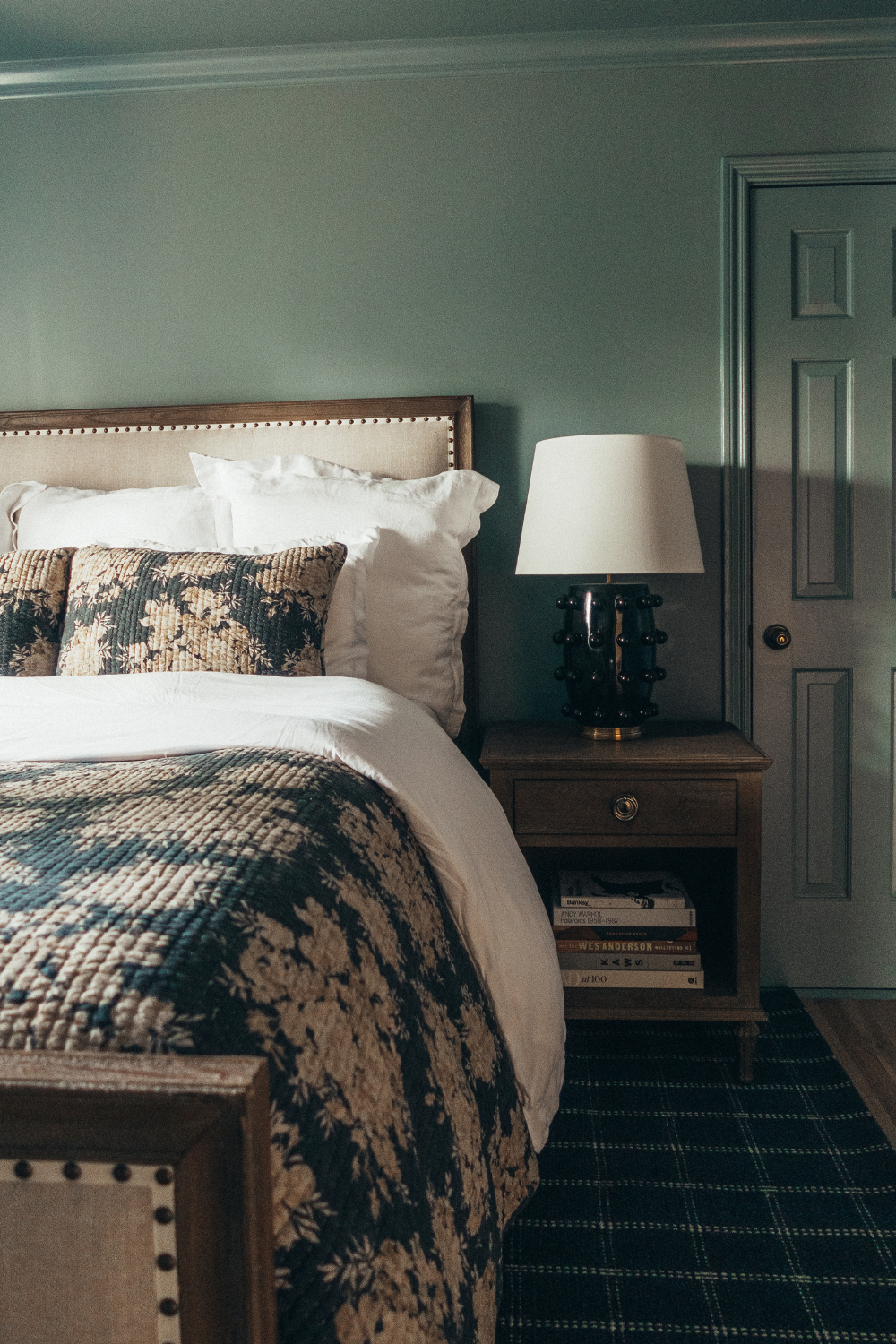
It’s time to dive into the exciting world of mixing and matching patterns! Pattern play is a fantastic way to add depth, interest, and a touch of your unique style to any room. However, it can be a bit intimidating if you’re not sure where to start. In this blog post, we’ll walk you through some practical tips and tricks to help you become a pattern pro in no time!
1. Choose a Dominant Pattern
Begin with one dominant pattern that will set the tone for the room. This could be a bold floral wallpaper, a vibrant area rug, or a striking piece of furniture upholstery. Your dominant pattern will be the star of the show, so choose one you absolutely love.
2. Stick to a Color Scheme
To maintain visual cohesion, pick a color scheme for your patterns. You can choose complementary colors, analogous colors, or various shades of a single color. Sticking to a consistent color palette will help tie your patterns together seamlessly.

3. Mix Scale and Size
When combining patterns, it’s essential to vary the scale and size of your choices. For instance, if your dominant pattern is large-scale, pair it with a smaller or medium-scale pattern. This contrast will create depth and prevent your décor from feeling too busy. Our most recent project shows how to mix and match patterns of different size and scale.
4. Consider Texture
Texture is an often-overlooked element in pattern mixing. Combining different textures can add an extra layer of depth to your space. Consider mixing smooth and shiny surfaces with rough and matte ones to create a balanced look.
5. Solids are Your Friends
Don’t feel compelled to cover every inch of your space with patterns. Solids can be your best friends in pattern mixing. Use solid-colored furniture, pillows, or curtains to break up the patterns and provide visual relief.
6. Add Geometric Patterns for Balance
To add structure and balance to your space, incorporate geometric patterns. Stripes, chevrons, and grids can offset the organic shapes of florals or paisleys, creating an eye-catching equilibrium.

7. Mix Pattern Types
Combine different types of patterns, such as stripes, florals, and abstract designs. The key is to strike a balance between busy and calm patterns. If you have one busy pattern, complement it with simpler ones to prevent sensory overload.
8. Layer and Experiment
Don’t be afraid to layer patterns. Mix and match them on pillows, throws, curtains, and even table settings. Experimentation is the key to discovering what combinations resonate with your personal style.
9. Break Up Patterns with Solid Colors
Use solid-colored pieces to break up patterns when needed. For instance, if your couch has a busy pattern, balance it with solid-colored cushions or a neutral coffee table.
10. Test the Waters with Accessories
If you’re new to pattern mixing, start small. Add patterned accessories like throw pillows, artwork, or a decorative tray. These elements allow you to introduce patterns gradually.
11. Trust Your Instincts
Above all, trust your instincts and have fun with pattern mixing. Interior design is a creative process, and there are no hard and fast rules. If you love the way it looks and it feels like “you,” then it’s a success.
Incorporating patterns into your interior design doesn’t have to be daunting. With these tips in mind, you can confidently mix and match patterns to create a visually stunning and personalized home that reflects your unique style. So, go ahead, unleash your inner decorator, and let your creativity run wild! Your home will thank you for it.
Remember that practice makes perfect, so don’t be discouraged if your first attempts don’t turn out exactly as you envisioned. Experimentation is part of the journey, and as you gain experience, you’ll become a pattern-mixing pro in no time. Happy decorating!

